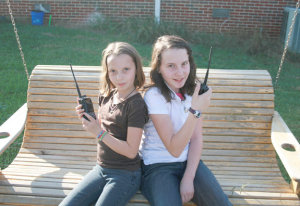In the News: “Why is Ham Radio more popular than ever” from the Saugerties Times in Kingston, NY
The Saugerties Times in Kingston, NY reports that ham radio is more popular than ever! From the Times:
With a smartphone in every pocket, isn’t amateur radio a thing of the past?
The answer, as was clear at the Woodstock Rescue Squad Headquarters on a recent Saturday afternoon, is no, far from it.
“Year to year [the number of licenses issued is] increasing, which is not what most people would tend to expect,” said Keith Tilley, certified instructor with the American Radio Relay League.
The occasion was a two-day licensing class organized by the 55-member-strong Overlook Mountain Amateur Radio Club, which was founded in the 1960s. Participants learned the basics, took a test and received their call signs a few days later.
Over 725,000 Americans have ham radio licenses, up more than 60 percent since 1981, according to NPR. Perhaps part of the appeal is the charm of analog, which has made LPs the fastest growing music format in recent years not transmitted over a wire. Compared with the amount of incoming data on a web browser with several social networking and messaging apps running, ham radio is refreshingly focused. Another factor: preppers. Our increasing interconnectedness and diminished self-reliance have nurtured a certain strain of anxiety that can only be relieved by having all supplies on hand for a worst-case scenario— including communications.
Always good to see a complimentary piece in the news!
(Published from DFW, Texas)

